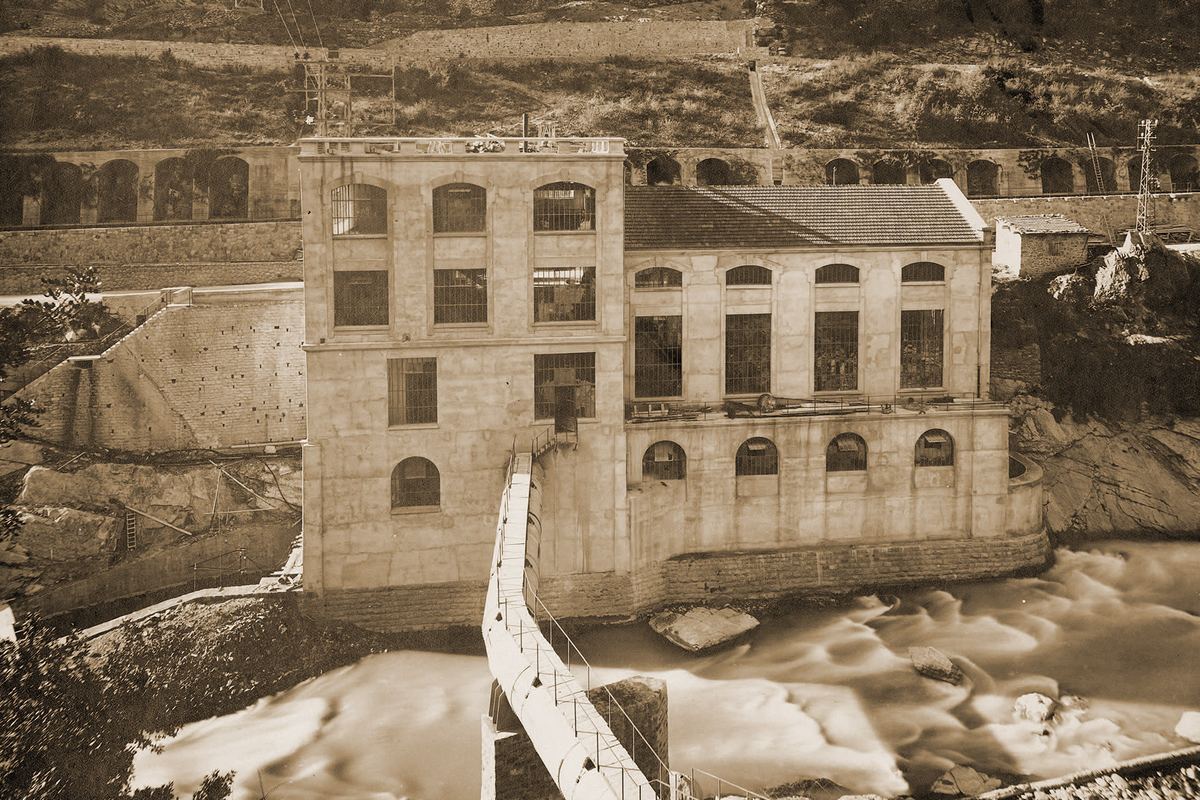### The Exhibition
At a time when [electricity](https://www.nicepremium.fr/actualite/l-etat-demande-a-edf-de-vendre-plus-d-electricite-a-bas-prix32516/) is at the heart of discussions, the Departmental Archives invite you to learn more about the unique trajectory of this energy source through an exhibition called “Lighting and Transporting. Two Centuries of Electricity History in the Alpes-Maritimes.”
This exhibition, in resonance with the [GREEN Deal](https://www.nicepremium.fr/breves/lancement-du-green-deal-la-transition-ecologique-au-service-des-alpes-maritimes5762/), puts into perspective the production, distribution, and use of electricity in the Maralpin territory from the late 19th century to the early 21st century.
Join us at the Departmental Archives, 147 boulevard du Mercantour in Nice, from May 10 to December 31, 2023.
Free and open entry.
### A Bit of History
Returning to the 1880s, when Nice discovered electricity.
The city of Nice discovered electricity during the second half of the 19th century. In 1882, it was one of the first cities in France to be equipped with electric public lighting. The first power plant was built in 1885. Initially, electricity was produced locally by coal-powered plants, which then distributed the energy to homes and businesses through networks of electric cables. Then, at the beginning of the 20th century, electricity production gradually shifted to larger plants.
During the 1960s and 1970s, electricity production underwent a major transformation with the construction of nuclear power plants. These were developed to meet the growing demand for electricity, aiming to provide a more reliable and cost-effective energy source.
At the beginning of the 21st century, the production and distribution of electricity in the Maralpin territory were widely modernized with the introduction of technologies such as smart meters and smart grids. The objective was to promote the use of renewable energies to reduce greenhouse gas emissions and combat climate change.
Thus, when Nice discovered electricity, the impact was considerable on the city, leading to many changes. The installation of electric public lighting in the streets improved the safety and quality of life for residents. There was also an impact on the city’s economy with the creation of new jobs. Then, new electrical equipment also contributed to modernizing the city, making it more attractive to tourists.


